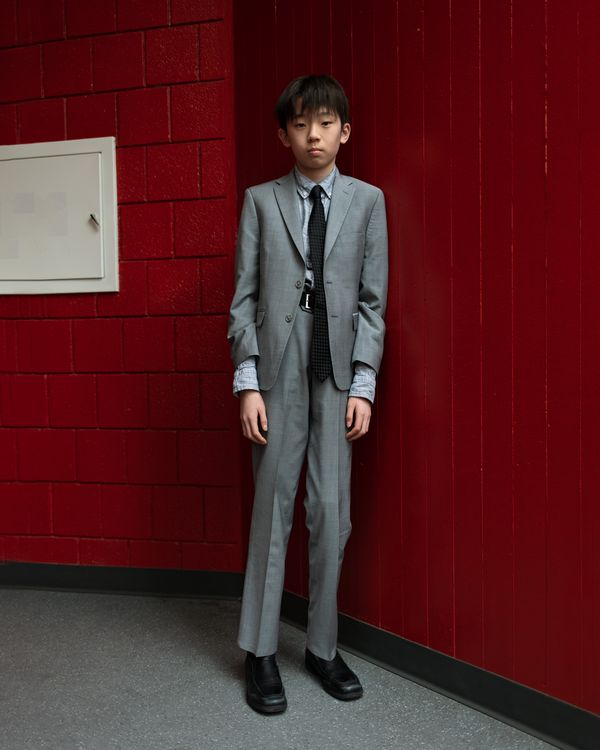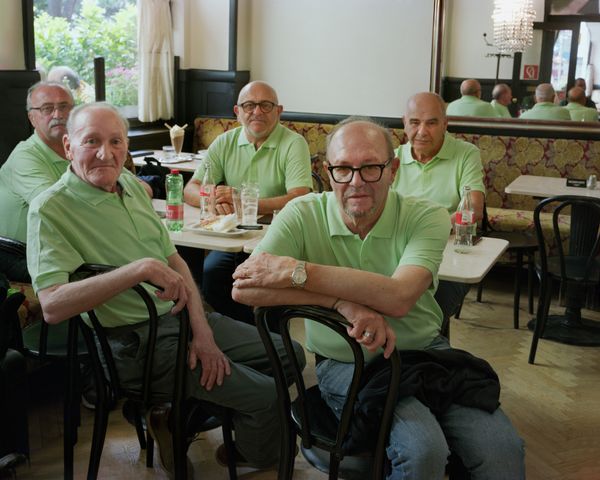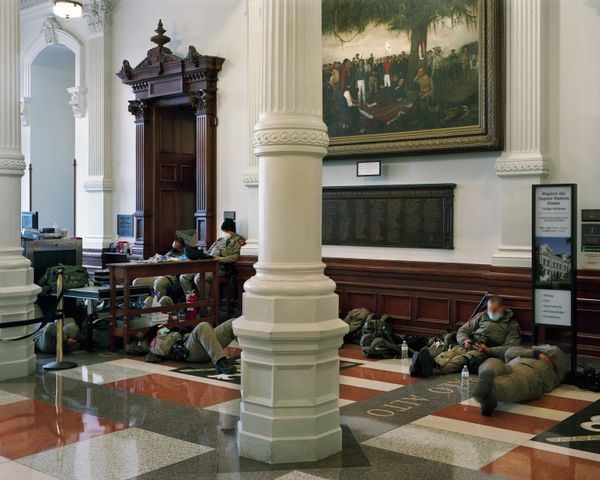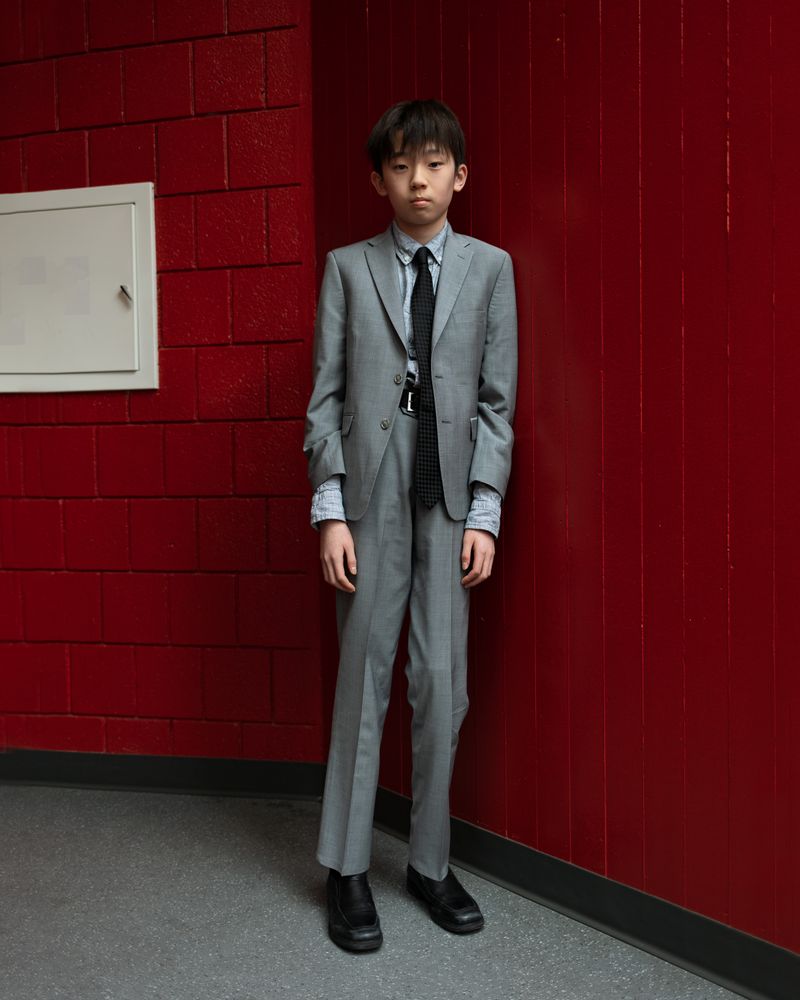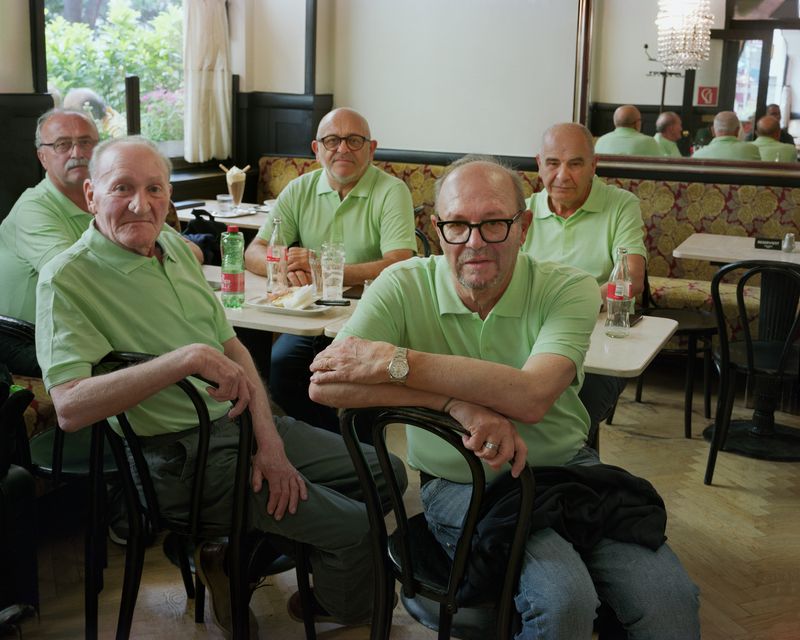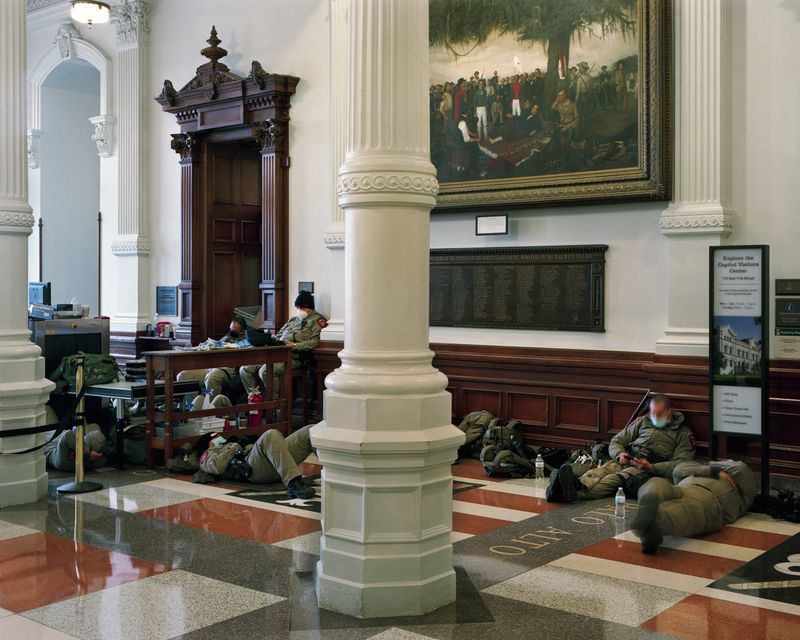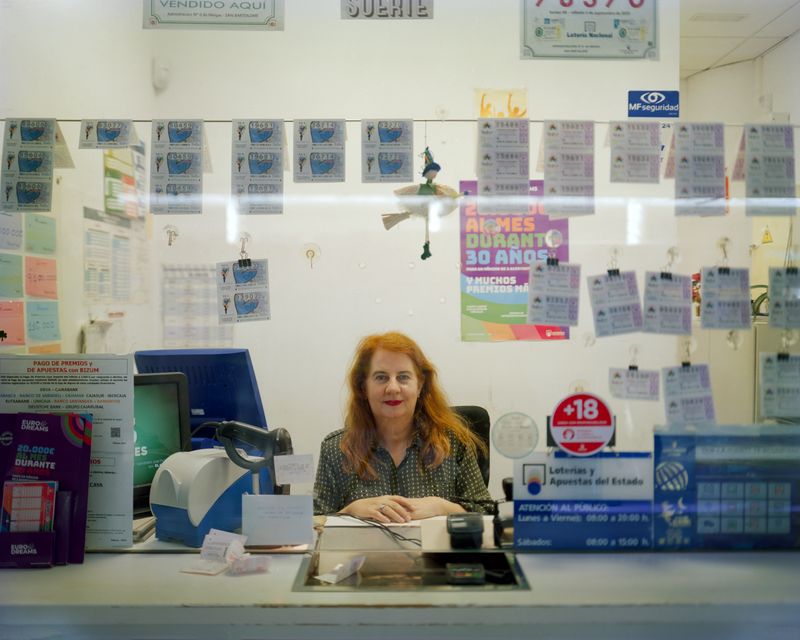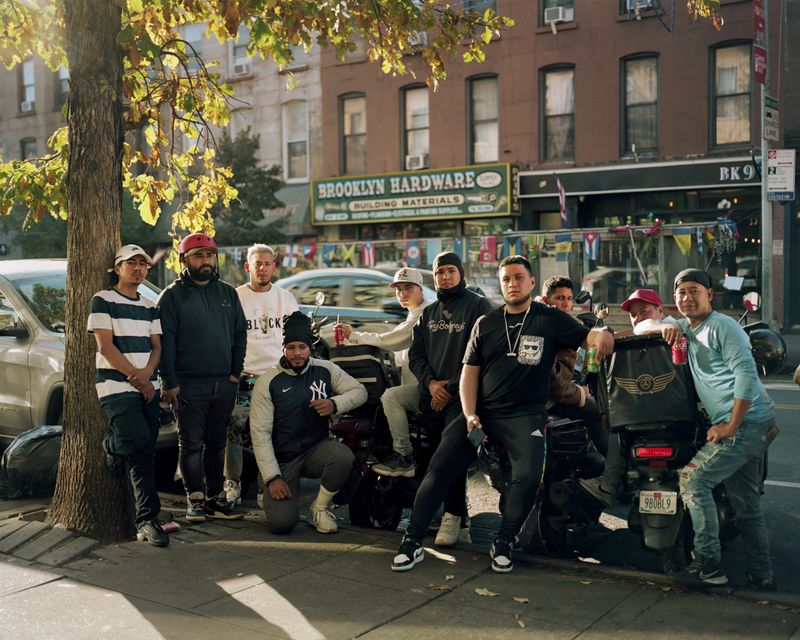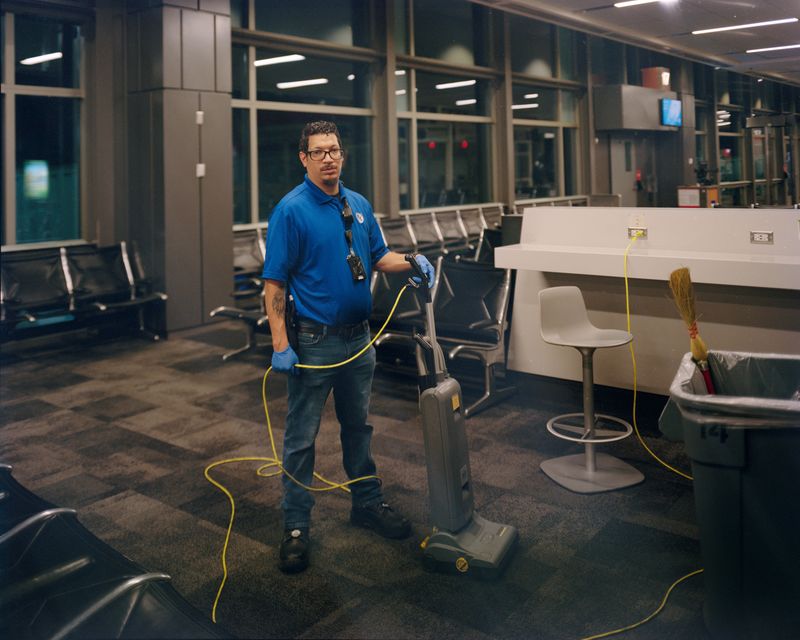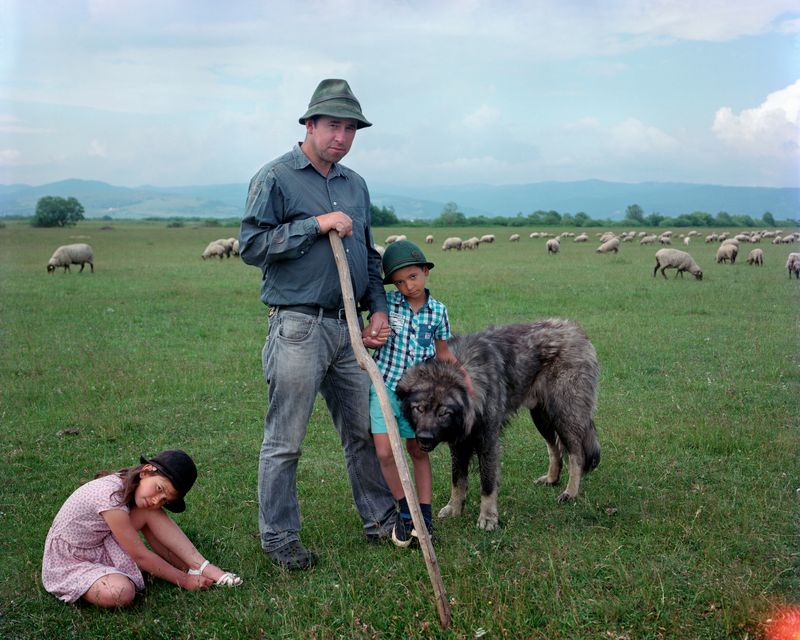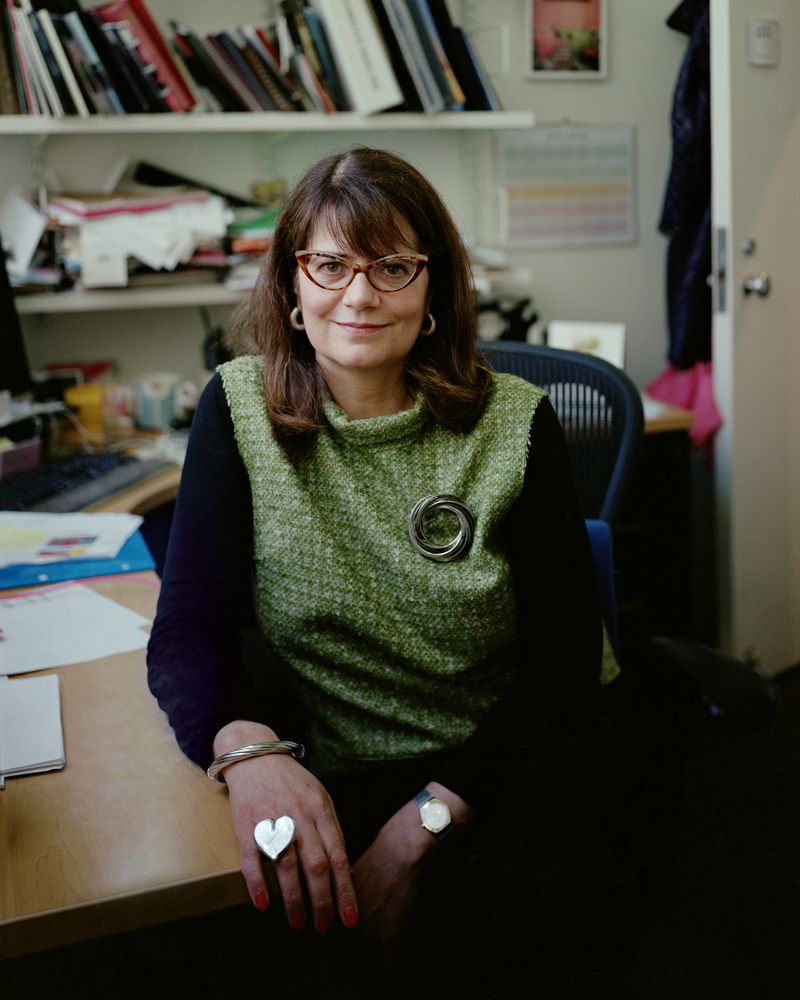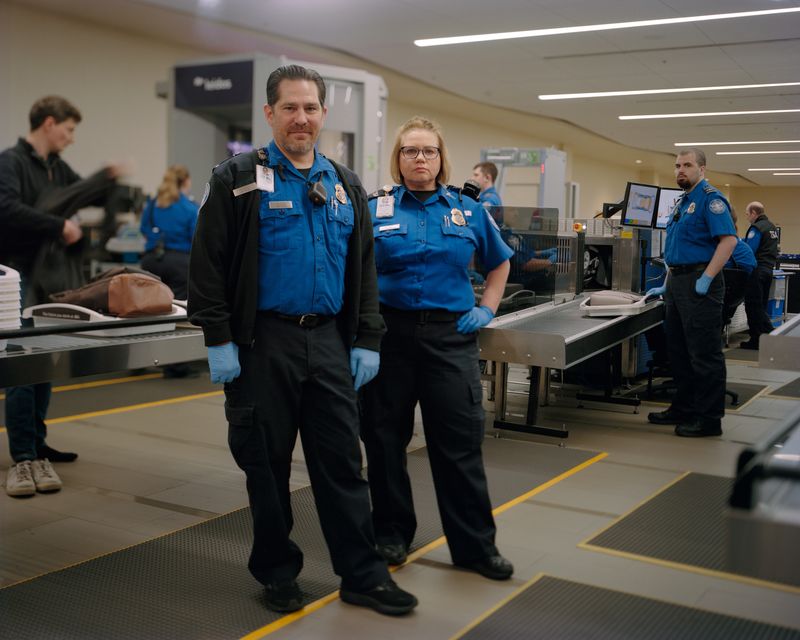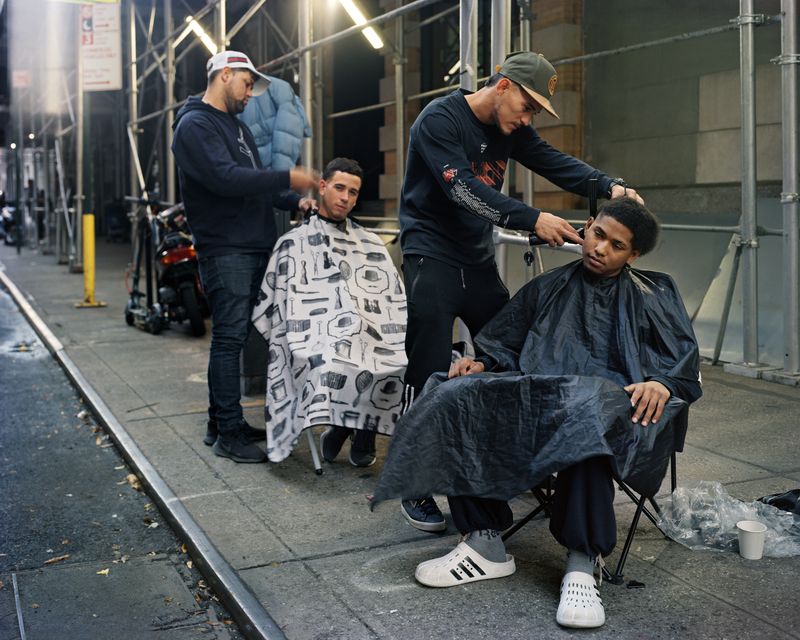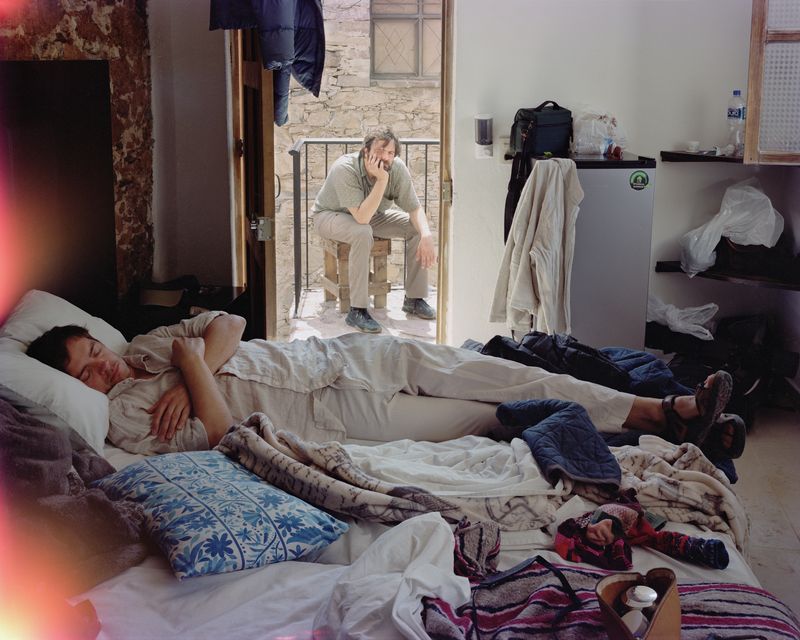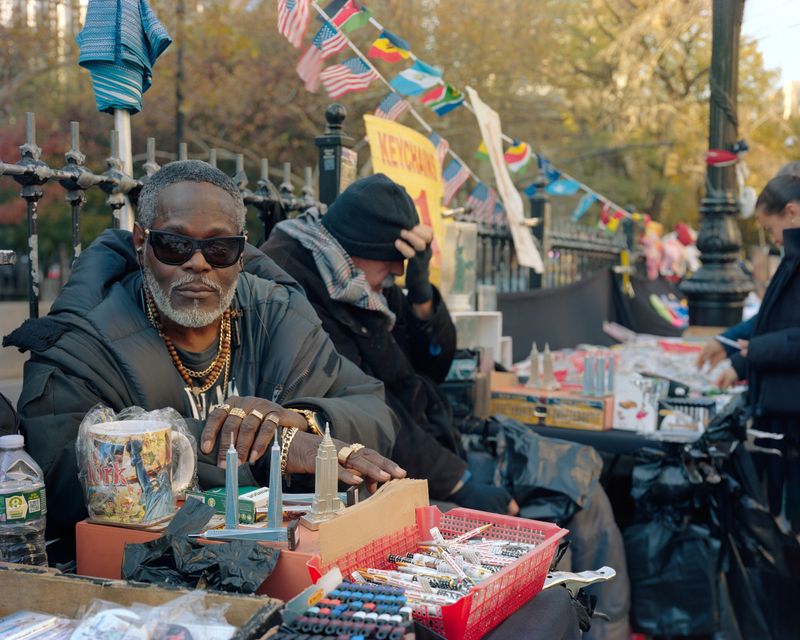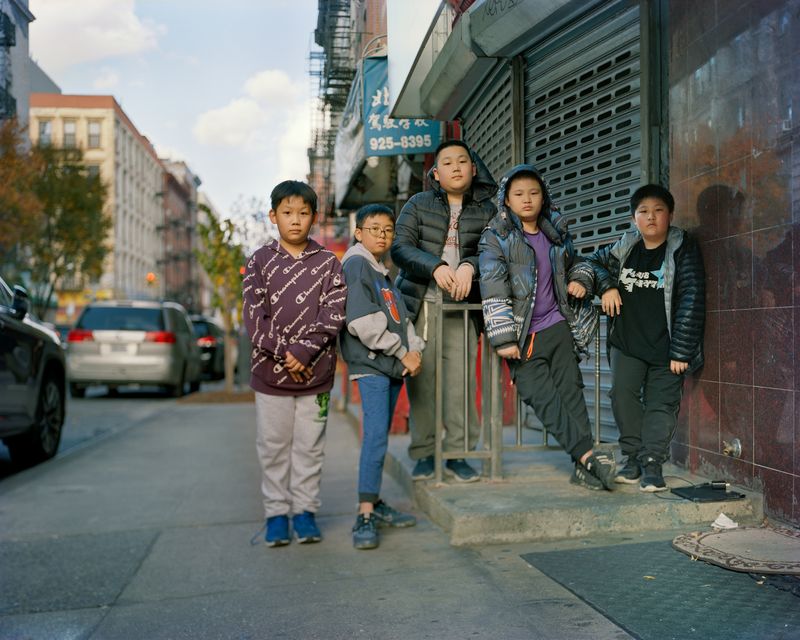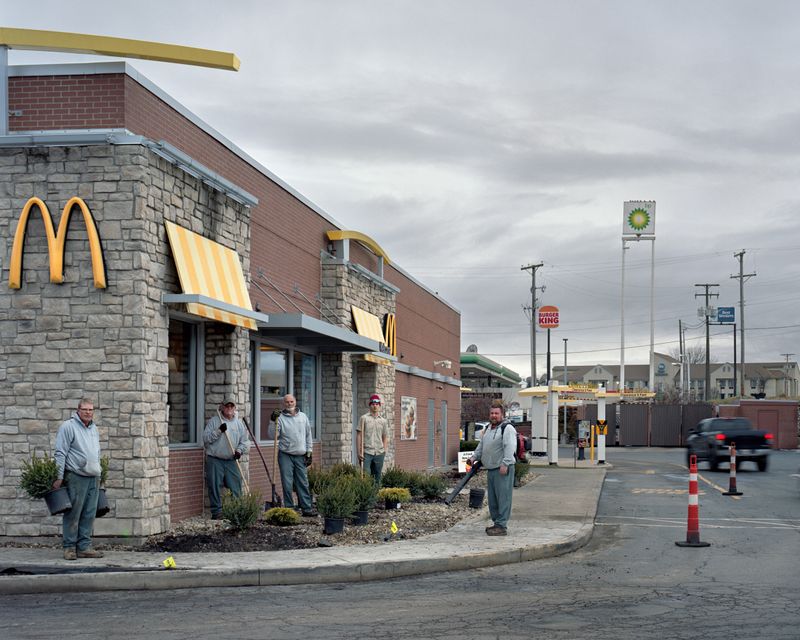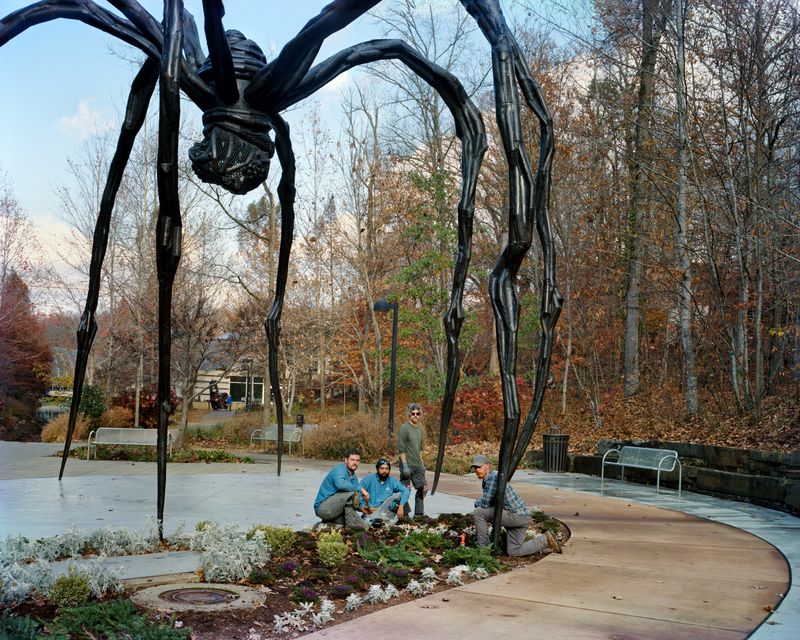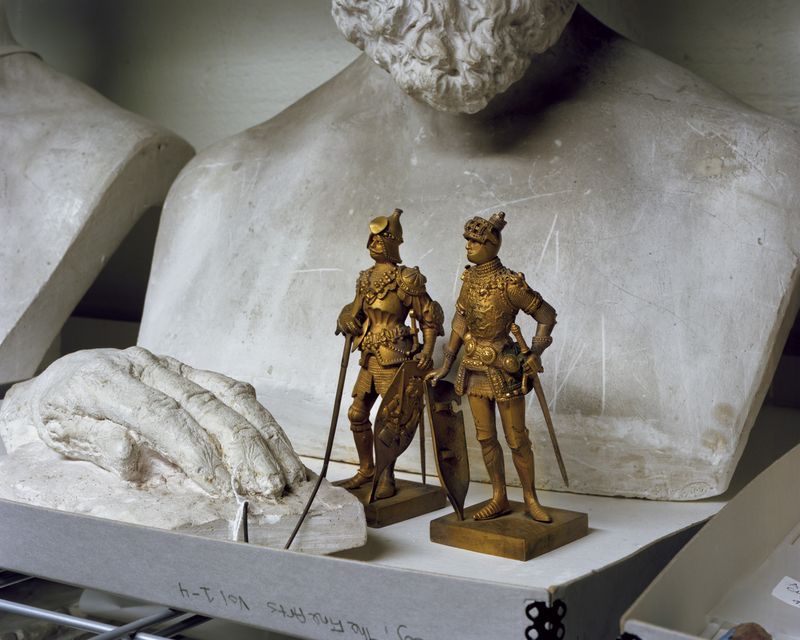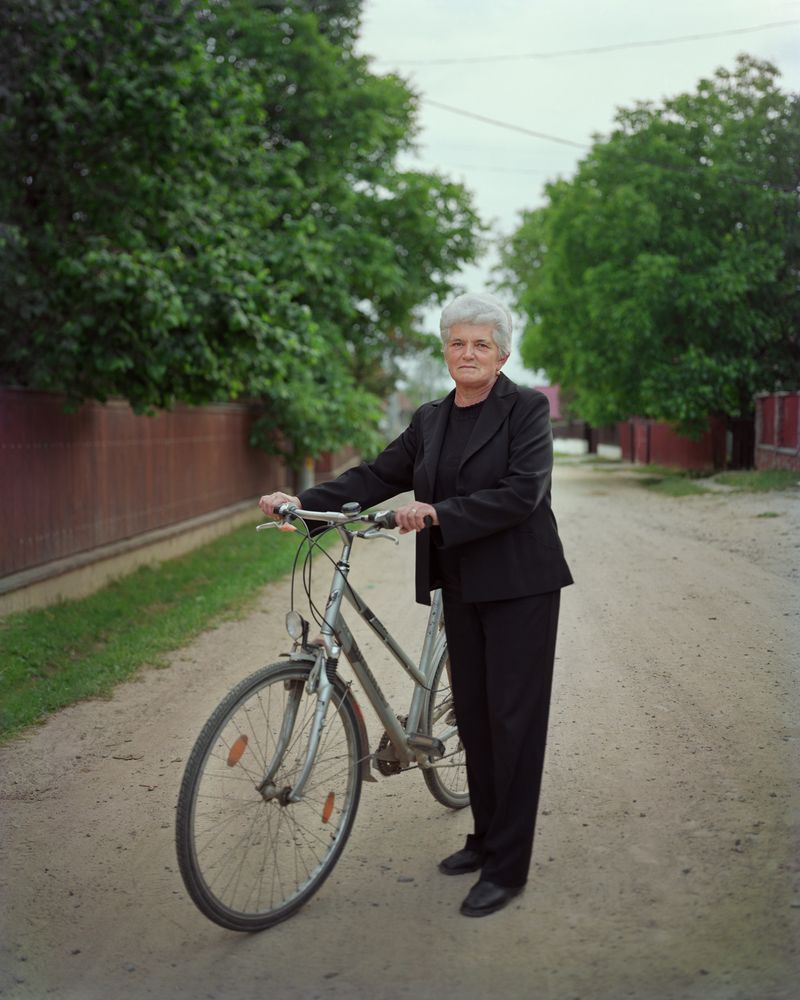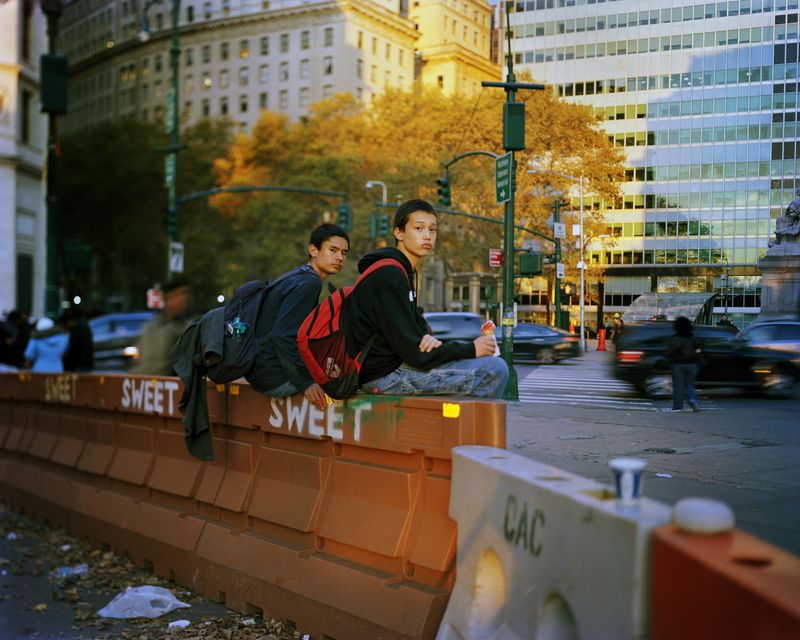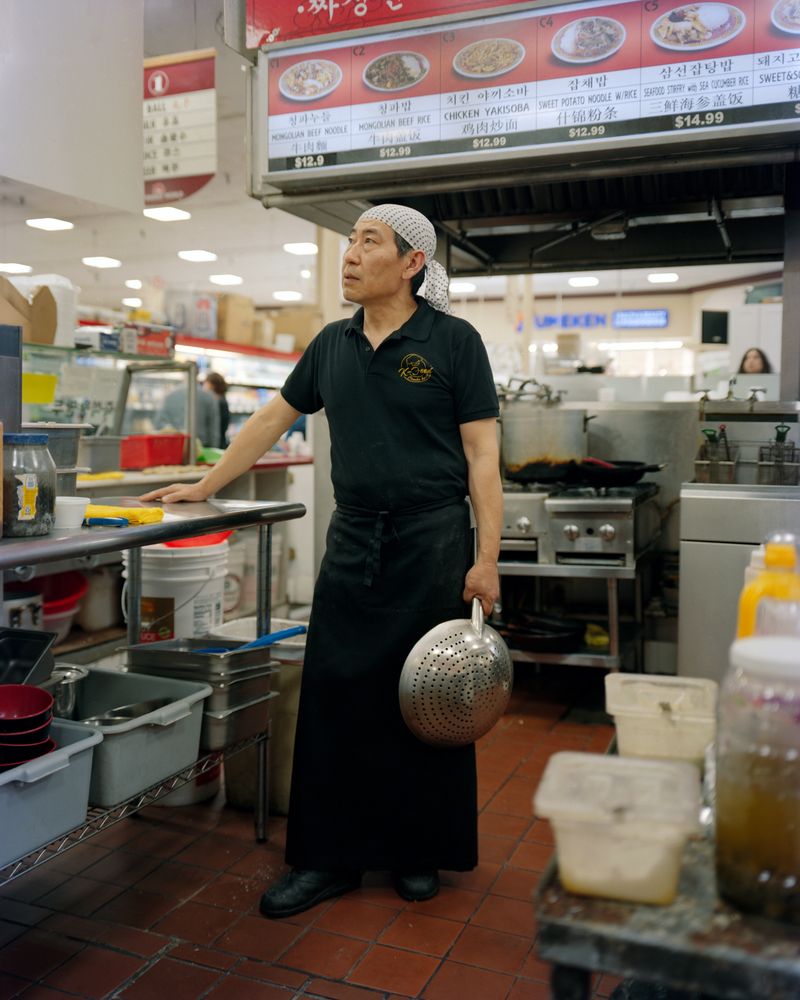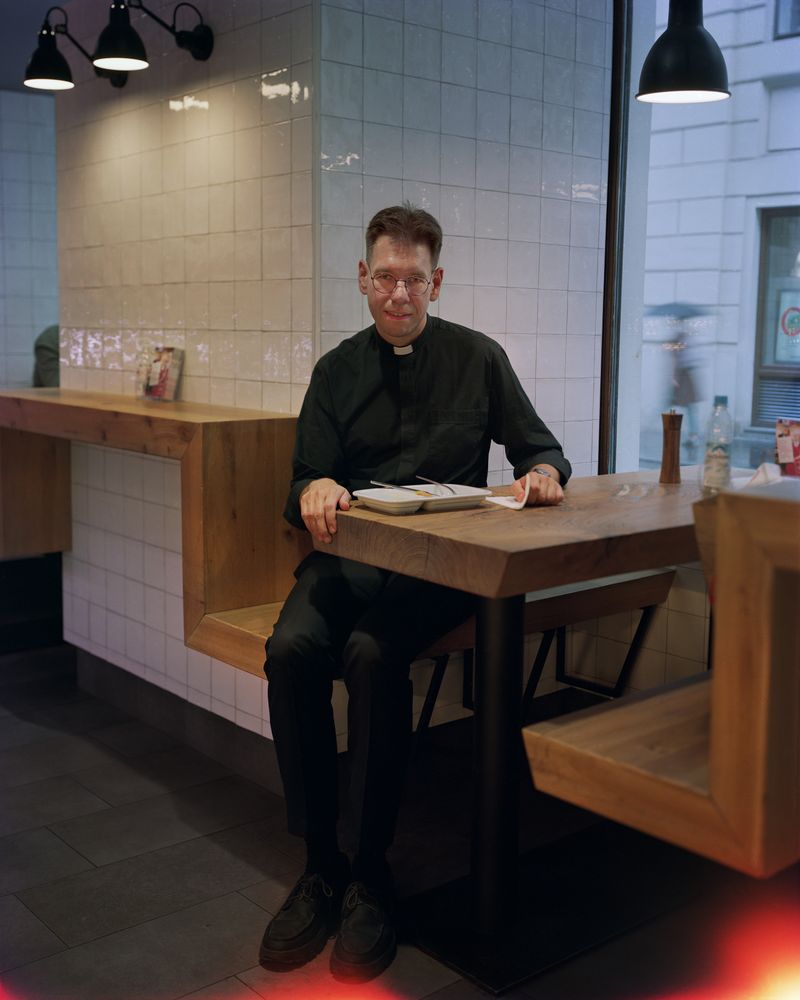More than I could ask
-
Dates2021 - Ongoing
-
Author
-
Recognition
With a 4x5 view camera, I started the work by photographing people I know, but I found them too accommodating, presenting themselves in ways they thought I wanted. I turned to the vagaries of strangers to see what it looks like to closely observe someone.
I gravitate to depicting places and people of faith, labor, and power, which are common themes that thread through all my work. I’m driven by notions of what portraiture can and cannot be. What’s the difference between a portrait and a picture of a person? Do portraits need to picture a person? What can a portrait say about the sitter? What can it say about the photographer?
When I stop a person or group of people to ask if I can photograph them, they often want to know why. I could respond with something about the quality of the light, or their gait across the street, their matching polos, their job that should be recorded, or the most accurate—that I’d like to try to describe the way I saw them.
I'm interested in portraiture's unique power to depict the inner tension between who one is and who they wish to project to the world. The self they have spent their entire lives creating can dissolve in the brevity of a split second, all in front of my camera, if I'm lucky. I use my camera as a foil to convince a person—who might otherwise be suspicious of my request—to spend a few minutes with me, a stranger, because I want to better understand the inner complexities of the people who make the world around me.
